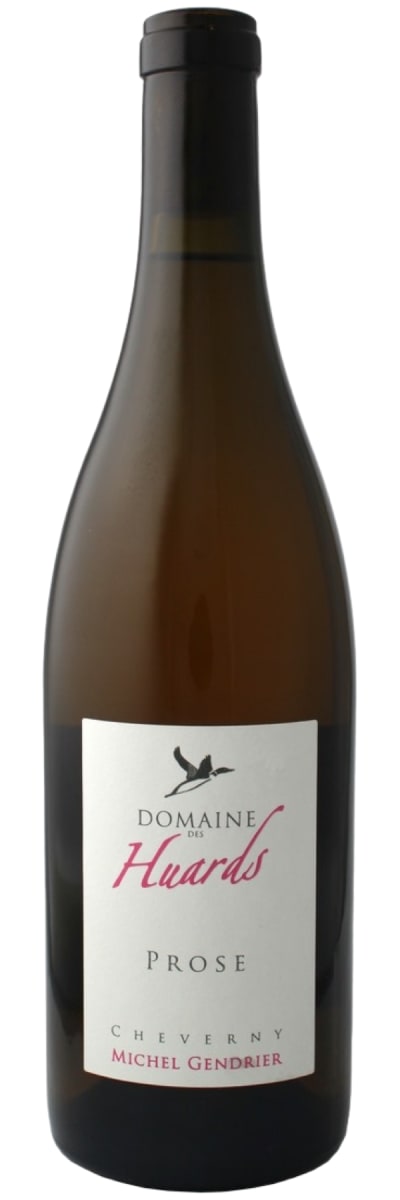Domaine des Huards Cour-Cheverny Prose 2022



Product Details
Your Rating
Somm Note
Winemaker Notes
A sincere wine, pleasant, luminous and structured. Fresh citrus bouquet, lightly spiced. Refined and fresh on the palate.
To accompany divers salads, fish, grilled meats and vegetables.


Whether it’s playful and fun or savory and serious, most rosé today is not your grandmother’s White Zinfandel, though that category remains strong. Pink wine has recently become quite trendy, and this time around it’s commonly quite dry. Since the pigment in red wines comes from keeping fermenting juice in contact with the grape skins for an extended period, it follows that a pink wine can be made using just a brief period of skin contact—usually just a couple of days. The resulting color depends on grape variety and winemaking style, ranging from pale salmon to deep magenta.

Stretching east along the steep banks of the Loire River, Touraine is a major part of the Middle Loire. Soil variations of clay, sand, tuffeau and gravel throughout its subregions support both white and red varieties. Chinon and Bourgueil remain the source of Loire’s finest Cabernet Franc; various styles of the most outstanding Chenin blanc come from Vouvray and Montlouis.